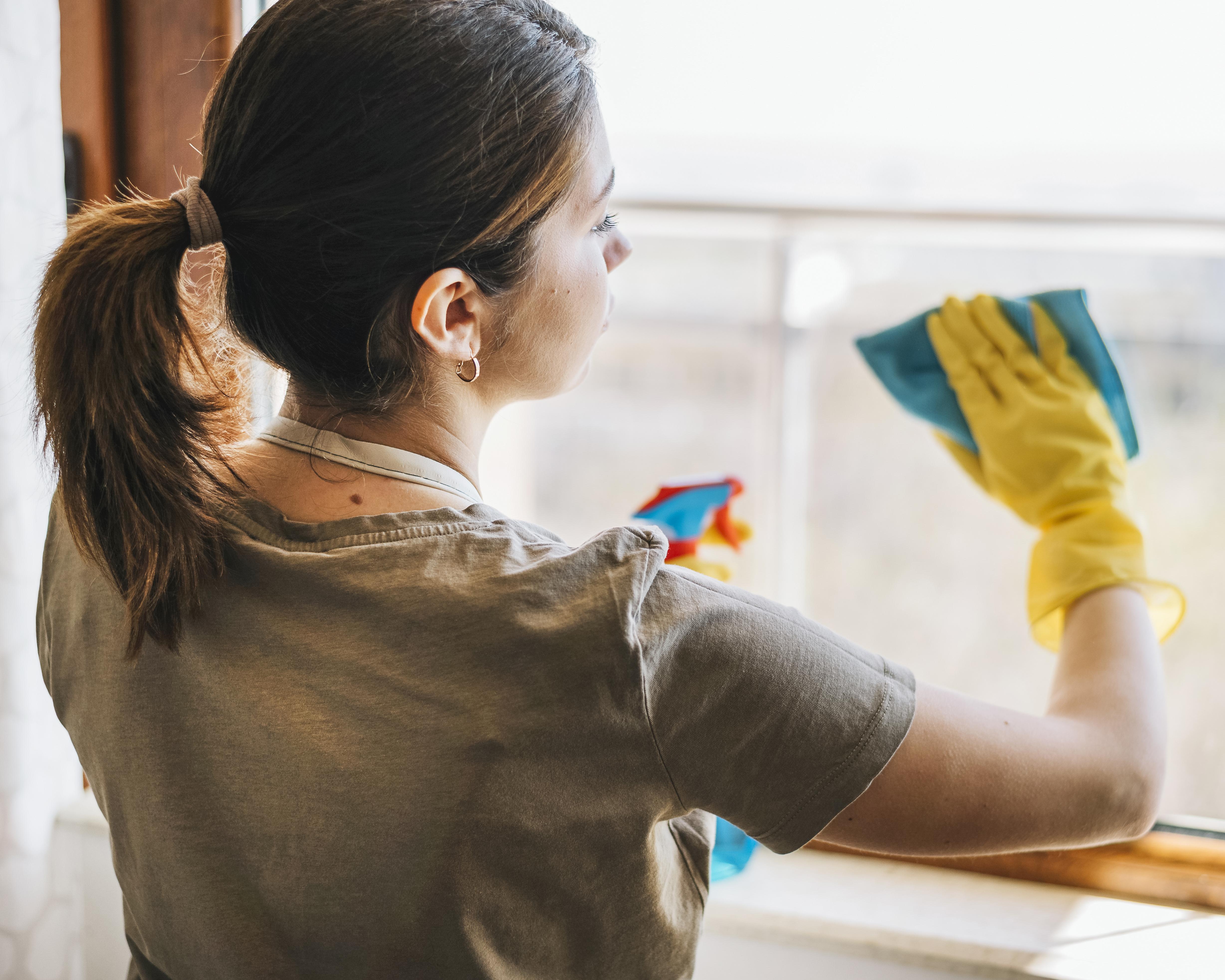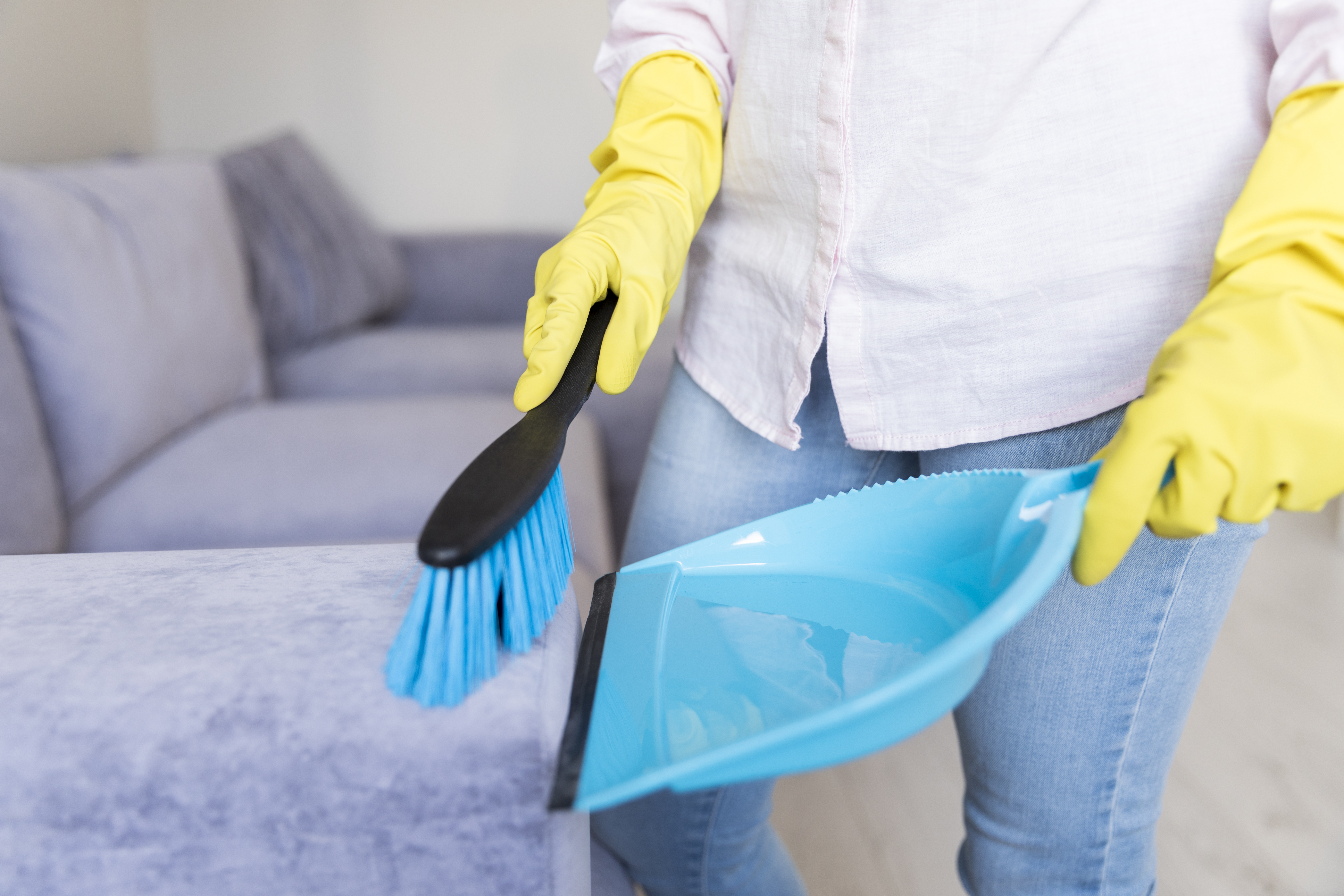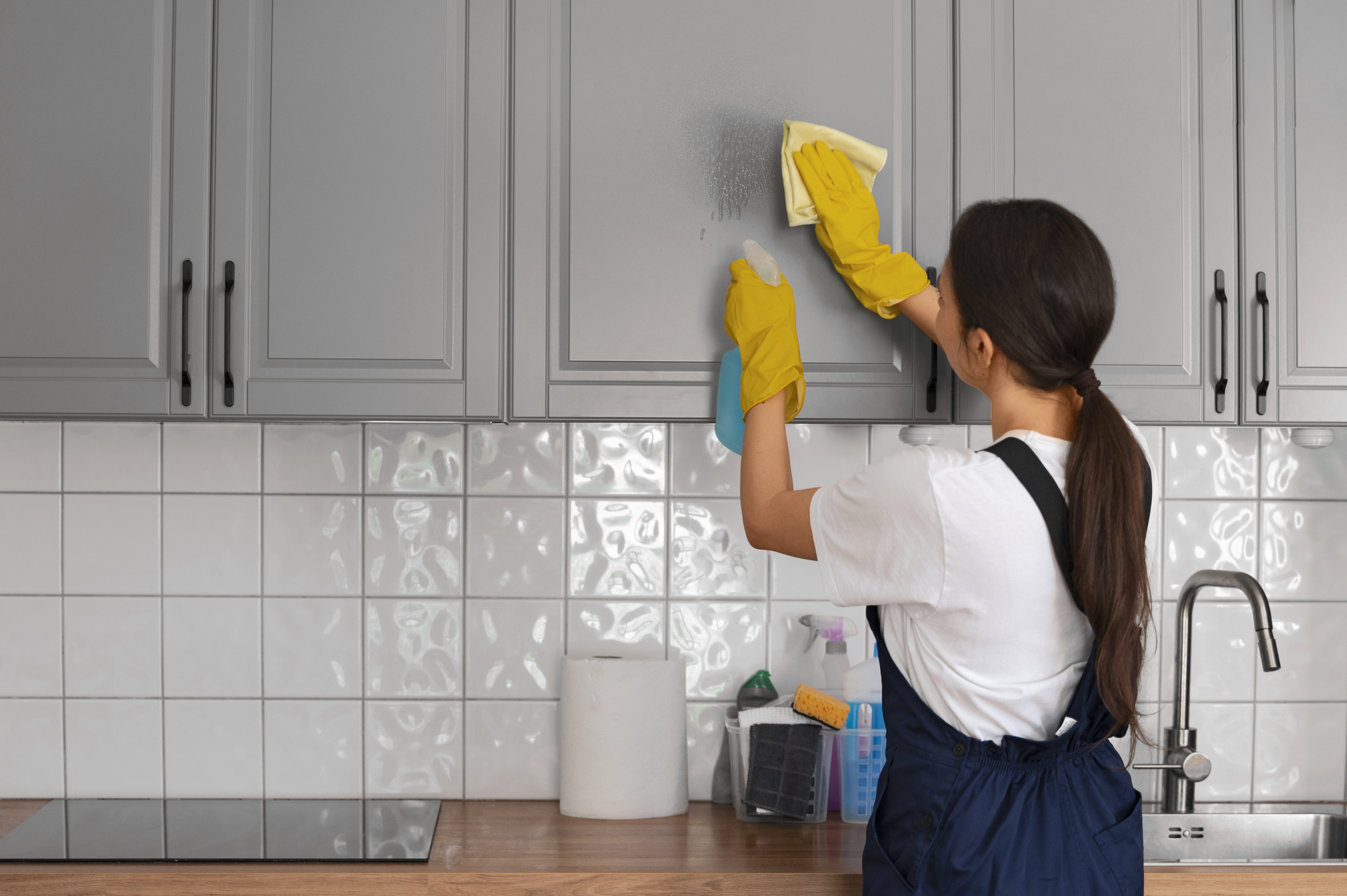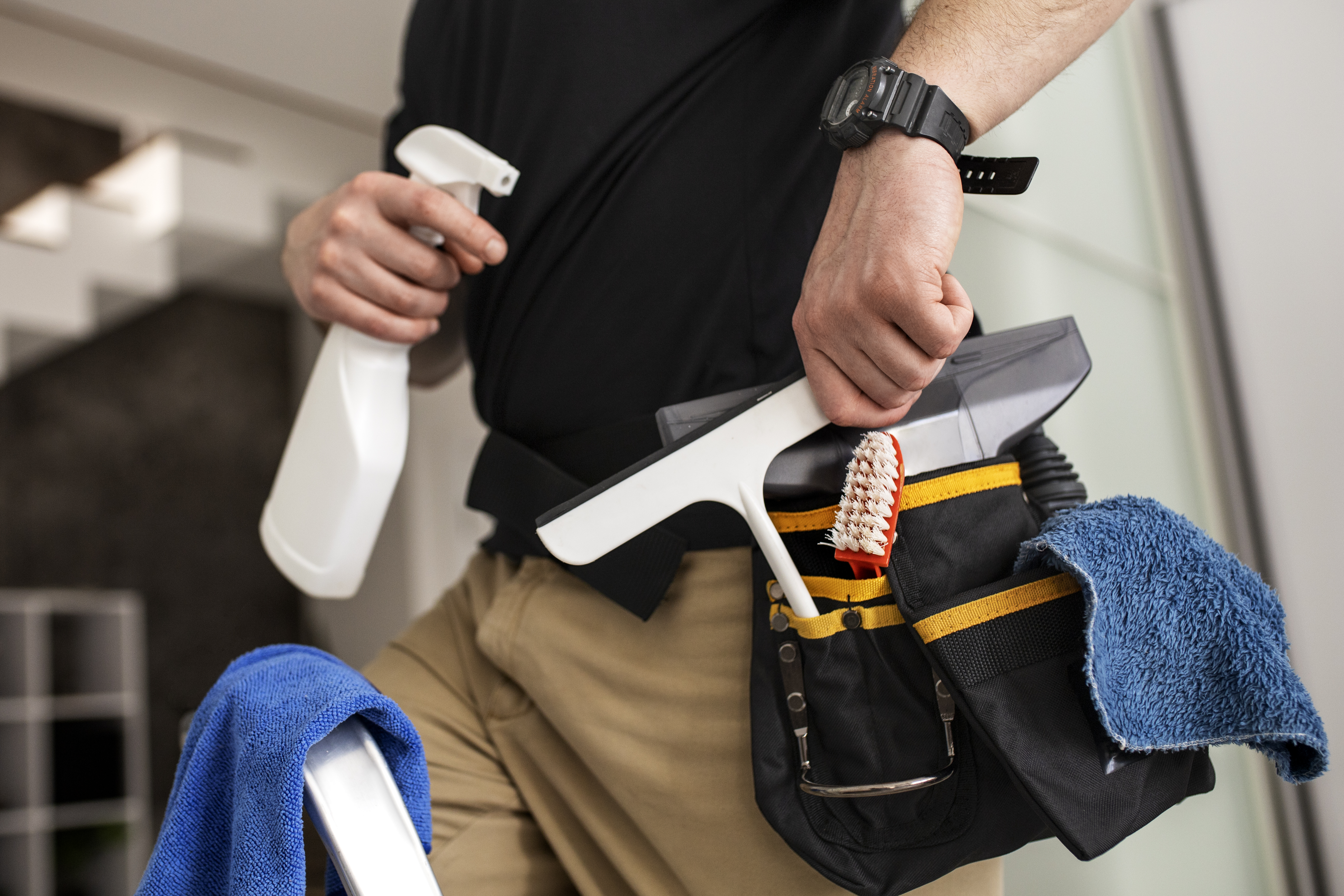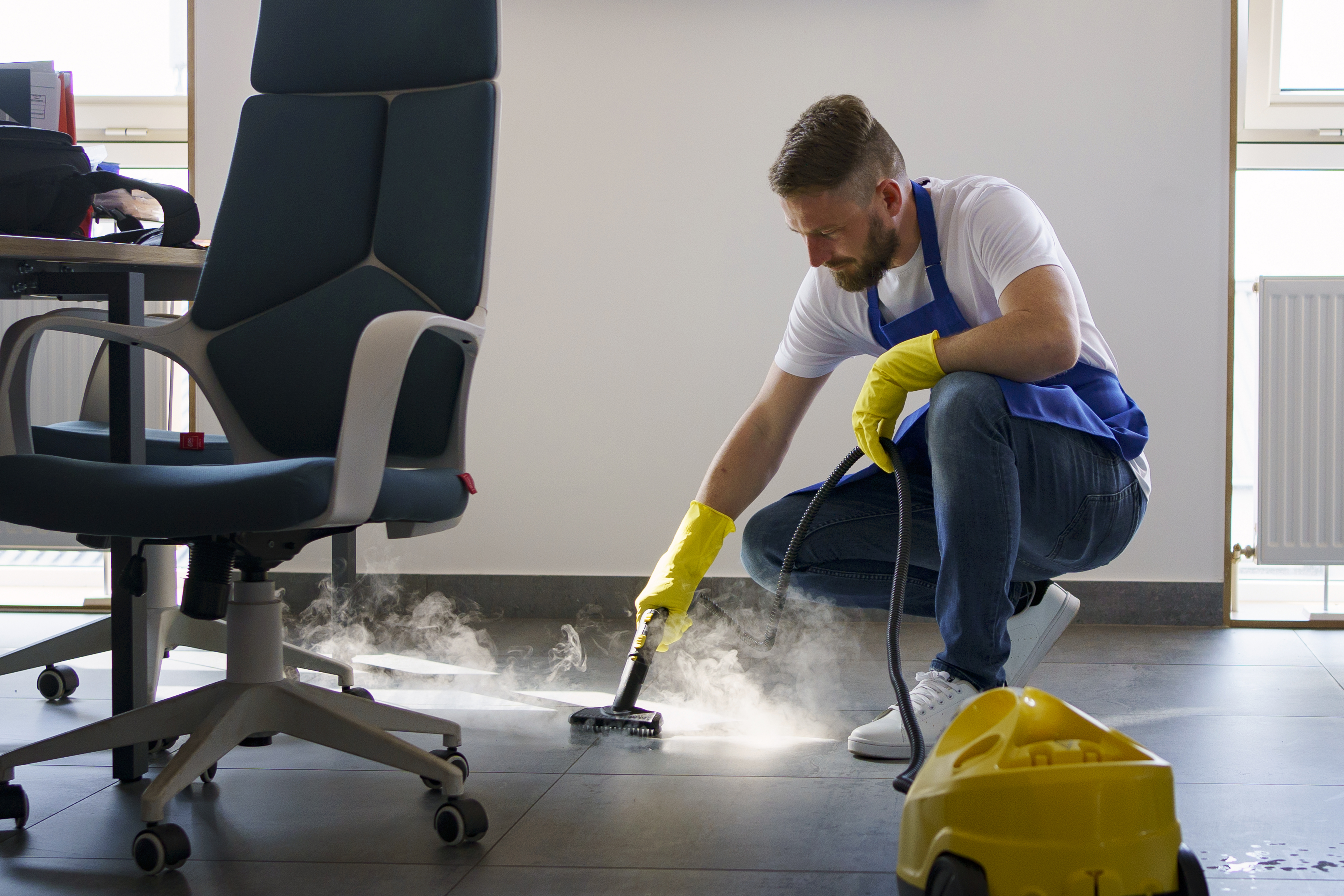How Melbourne Vacate and Carpet Cleaning Combines Carpet Cleaning and Fumigation for Flea Control
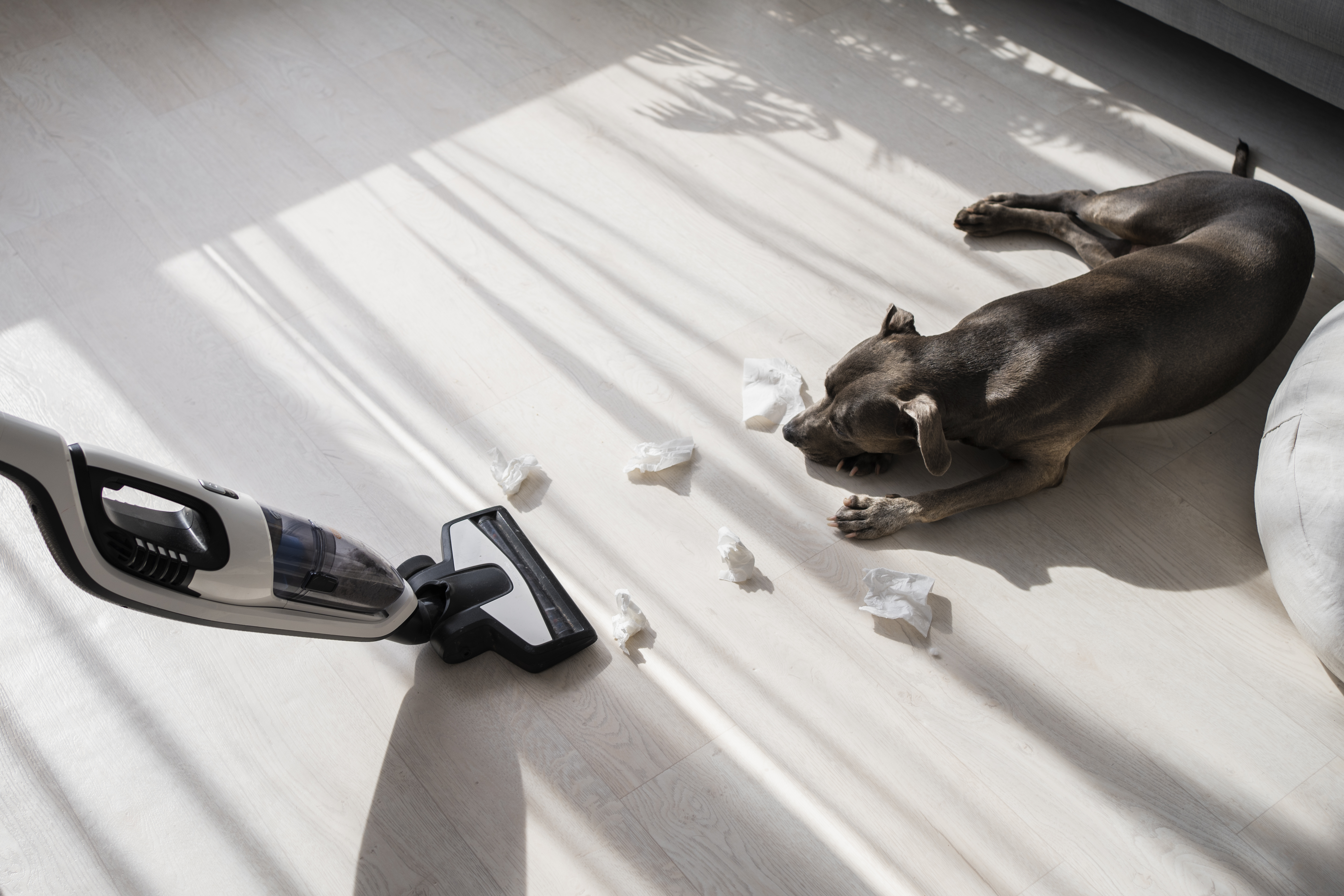
Fleas are persistent pests that pose health risks to both pets and people. In Melbourne, where many households are pet-friendly and carpeted, flea infestations can become an ongoing problem if not addressed properly. A dual strategy involving carpet cleaning Melbourne and professional fumigation is key to achieving long-lasting flea control.
This article explores how a combined approach works, why it's more effective than standalone treatments, and how professional services like Melbourne Vacate and Carpet Cleaning help homeowners and tenants maintain a flea-free living environment.
Understanding Flea Infestations in Carpeted Homes
Fleas thrive in warm, humid environments and prefer places where pets live, sleep, or play. Once they enter a home, usually via a pet or on clothing, they quickly settle into carpet fibers and upholstery. Flea eggs, larvae, and pupae are often embedded deep within the carpet, making surface cleaning ineffective.
What makes fleas particularly challenging is their lifecycle. A single adult flea can lay up to 50 eggs per day. These eggs hatch into larvae, which then form protective cocoons as pupae. The pupal stage can last for weeks or even months, during which fleas are resistant to most treatments.
Why One-Time Treatments Often Fail
Many people rely on over-the-counter sprays or basic vacuuming when they first notice fleas. While these methods may reduce the visible adult flea population, they often fail to reach the hidden eggs and larvae.
Fumigation alone, while powerful, may not completely eliminate debris, organic material, or flea dirt (dried blood and feces) that act as food for larvae. Similarly, carpet cleaning alone won’t kill all flea life stages without the use of insect growth regulators.
Combining both carpet cleaning and fumigation ensures that the environment is not only cleaned but also sanitized and treated at every level.
The Power of Combined Carpet Cleaning and Fumigation
Deep Penetration of Flea Habitats
Carpet cleaning penetrates deep into the fibers to remove embedded debris, hair, dander, and flea eggs. High-temperature steam cleaning can kill some fleas and loosen the grip of more resilient stages like larvae.
Fumigation follows up by introducing insecticides that target fleas at all life stages, including pupae. This dual approach ensures that no stage of the flea lifecycle is left untouched.
Improved Effectiveness of Insecticides
When carpets are cleaned beforehand, the removal of dust and debris allows fumigation chemicals to better penetrate the flooring and furnishings. This results in more thorough treatment and prevents flea re-emergence.
Safer Environment for Pets and Children
Professional cleaning removes allergens, pet hair, and flea waste that can cause respiratory issues. Combined with pest-safe fumigation practices, the result is a safer, healthier home environment.
The Process: What Homeowners Can Expect
Step 1: Professional Assessment
A licensed pest control and carpet cleaning team first inspects the home to assess the severity of infestation. They identify hotspots—typically pet bedding areas, under furniture, and high-traffic carpet zones.
Step 2: Carpet Cleaning
Carpet cleaning is performed using hot water extraction or steam methods. This step lifts and removes organic material, stains, and allergens. It also exposes eggs and larvae that might be clinging to fibers.
Step 3: Fumigation Application
After cleaning, the home is treated with a targeted insecticide using fogging or spraying methods. These solutions contain agents that inhibit flea growth and reproduction while ensuring residual action over time.
Step 4: Ventilation and Re-entry
Once fumigation is complete, the property is aired out. Most modern treatments require only a few hours before re-entry. Homeowners are advised not to vacuum for at least 48 hours post-treatment to allow the insecticides to work fully.
Ideal Timing for Treatment
During Warmer Months
Fleas are most active in spring and summer, making these the ideal times to schedule treatment. An annual deep clean and fumigation during these seasons can prevent outbreaks.
Before Moving Out
Tenants moving out of rental properties often face flea-related end-of-lease issues, especially if pets were present. Combining carpet cleaning Melbourne with fumigation ensures compliance with lease agreements and prevents bond disputes.
After Pet Adoption
Bringing a new pet into the home is another good time to consider proactive treatment. Even healthy pets from shelters or breeders can unknowingly bring fleas indoors.
Why Professional Services Outperform DIY Methods
DIY flea treatments often miss the mark due to lack of equipment, chemical limitations, and poor technique. Homeowners may treat only visible areas or use ineffective products that leave behind viable eggs.
Professionals, on the other hand, follow an integrated pest management approach. They use high-grade cleaning machines and regulated chemicals that provide longer-lasting results. More importantly, they understand flea behavior and tailor their methods to ensure complete control.
Companies like Melbourne Vacate and Carpet Cleaning specialize in combining both services seamlessly, offering homeowners a reliable and efficient solution. With one team handling both cleaning and fumigation, the process is streamlined, and results are more consistent.
Carpet Cleaning Melbourne: A Critical Support for Flea Prevention
Even after a successful carpet flea treatment and fumigation Melbourne, carpets require ongoing maintenance to prevent future outbreaks. Regular carpet cleaning Melbourne helps:
- Remove flea eggs before they hatch
- Eliminate organic materials that feed larvae
- Improve indoor air quality
- Maintain overall hygiene in homes with pets
A cleaning schedule of once every 6–12 months is generally recommended for pet-friendly homes. More frequent cleaning may be needed during flea season or in multi-pet households.
Conclusion
Flea control in Melbourne’s homes—especially those with pets—requires more than temporary fixes. The combination of carpet cleaning and fumigation provides a complete, long-term solution by targeting all stages of the flea lifecycle and removing their habitat.
Professional services that integrate these approaches, such as Melbourne Vacate and Carpet Cleaning, help homeowners maintain a cleaner, healthier, and flea-free environment. Regular maintenance with both pest treatment and carpet cleaning Melbourne ensures that infestations are not only controlled but also prevented.
Note: IndiBlogHub features both user-submitted and editorial content. We do not verify third-party contributions. Read our Disclaimer and Privacy Policyfor details.



